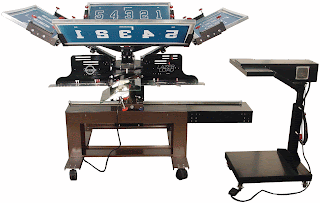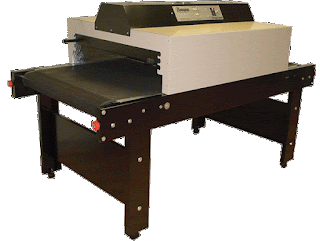2015 was a great ride.
 That is a heading that all businesses hope to post at the end of each year. We can say that every year, however, 2015 has been unusual and especially exciting. We expanded product lines, client demographics and industries affected. We learned new technologies, new customer requirements and new industrial applications. All of this is refreshing and inspiring us for 2016.
That is a heading that all businesses hope to post at the end of each year. We can say that every year, however, 2015 has been unusual and especially exciting. We expanded product lines, client demographics and industries affected. We learned new technologies, new customer requirements and new industrial applications. All of this is refreshing and inspiring us for 2016.Expanded and enhanced products.
 |
| FY2x27-45 curing system |
These units continue to excite the industry with their innovation and applications into multiple curing situations. These machines are unique in their design because they are the only curing system using thermal imaging camera to constantly monitor the substrate to maintain perfect surface temperature. These units offer proprietary software technology for immediate regulation of temperature and time calculations for optimal cure. Amazing patent pending technology.
 |
| LED2931SD exposure unit |
LED Exposure systems.
What excites our sales staff is that our engineers did not just accept off-the-shelf LED bulbs and build an exposure system. They spent time analyzing bulb spectrum, distances and optimal designs so that our LED exposure unit offers the optimal light usage for our industrial requirements. LED bulbs create perfect exposures with no heat, no bulb fade and years of consistency. These have changed the time spent in prepress and moved this industry forward.
NumberPrinter™.
 |
| NP611LL with NPQ1218 |
The NumberPrinter has been a patented mainstay of our business for over 25 years. This is the premium numbering system in the industry. Brown has enhanced this product with the addition of Sniper LazerLoad™ technology. The operator now has laser registration lines on the platen for quicker load of all garments. These laser can be adjusted to accommodate all numbering spacing specifications.
New customers.
The FireFly has allowed us to connect with companies that produce other products besides screen printed garments. With the features of this software, other curing applications have been presented as challenges in industrial settings. These have been fun and interesting puzzles to solve and we look forward to what the future will bring.
New products.
The Vega™ was presented at SGIA. Shown was a prototype UV curing system using LED bulb technology. This unit is still in the development stage however the customer interest is very high. Entering the UV curing market has our engineering staff excited to learn more and design new. We look forward to where this product line will lead us in 2016.
2016, so what's next.
We are please to say that our sales and engineering staff is full of creative people who want to design new products and expand into new industries. So keep watch for the new and interesting.
What will not change is our commitment to our customers. Brown Mfg was built on its relationship with community printers. We value our past customers with the same enthusiasm as we look forward to new connections. We look forward to serving all of our customer's needs and expectations in 2016 and in the coming years.
We wish the same success that we have enjoyed for all of our customers and look forward to discussing how Brown can help your business innovate, expand and grow.




















